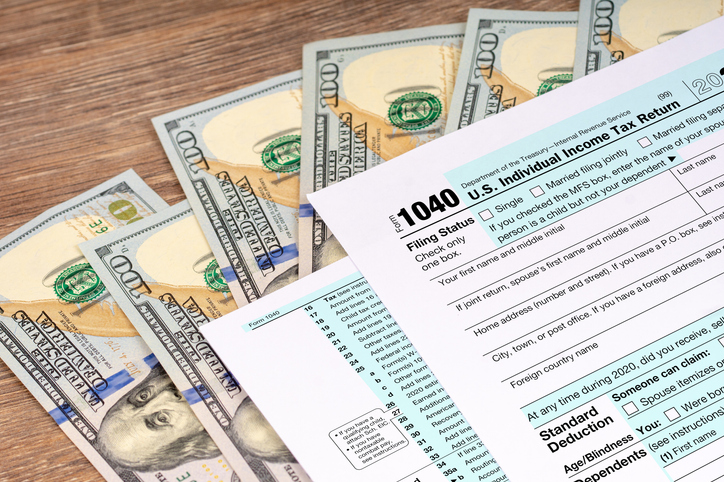
How to Get Your Fastest Refund This Tax Season
February 14, 2023
 By Kelli Blair
By Kelli Blair
SNB Tax AdministratorBelieve it or not, we’re a little over a month from the day when most Americans are required to file federal income taxes.
The good news this year is that we also have a few extra days to get it together – literally – with the filing deadline to submit 2022 tax returns pushed back to April 18, 2023, for most taxpayers. The deadline typically falls on April 15 each year, but can be delayed if it falls on a weekend or holiday (like it does this year).
What happens if you don't? Missing the tax deadline can have consequences like penalties and interest.
On the other hand, if you qualify for a tax refund, filing before the deadline can get you your money back faster. In this article, we'll give you a handful of tips to make sure you get your 2022 tax refund without delay.
Double check everything.
Once you have gathered all of your tax documents and filled out the appropriate forms, it’s important to carefully review the accuracy of everything you enter on your tax return. A good rule of thumb is to go over the information at least twice before hitting the submit button for electronic filing. It’s also helpful to sit on your return for at least 24 hours (unless it’s going to be late) and then review everything one more time before filing. The same applies for the 5% of filers who still submit a paper return, and even to the people who have a tax professional prepare their paperwork.
And while it may seem like a no-brainer, take the time in particular to verify the spelling of your name, and the accuracy of other critical information including your address, taxpayer ID numbers, dates of birth and bank account info. It’s important to note, according to the Taxpayer Advocate Service, that you must have valid Social Security numbers for all dependents before filing. If you don’t, it may not only delay the processing of your tax return, but in some instances it could disqualify you for some refundable credits.
Remember: electronic filing is your friend.
The fastest way to receive a refund, if you are owed one, is to file your tax returns electronically. There are several options that allow you to file this way, including some that are free of charge. You can visit IRS.gov and go to the ‘get help’ page or click on the IRS’s Electronic Filing Options for Individuals page to learn more about e-filing.
Direct deposit to your bank account.
Another way to a quicker refund is by letting the IRS know you want to have your money directly deposited into a checking or savings account. You can also have the IRS deposit portions of your refund in up to three different accounts (hint: this is a great way to help kick-start or build up your emergency fund). Using the direct deposit option eliminates mailing delays and the possibility of having your refund check delivered to the wrong address, something that happens more than you might think. You will likely need your bank's routing number to set up your direct deposit when you file.
If you don't have a bank account, your refund is a great way to get started! Compare different checking accounts to find the right option for you.
Get some inflation protection while you're at it.
If you’re worried about inflation — and you’re getting a refund — it’s worth noting that you can use up to $5,000 of refund dollars to buy Series I bonds, which are inflation-protected savings bonds issued by the government. This doesn't count toward the normal $10,000 limit people can buy in iBonds each year, so it could be considered a clever workaround to pad your savings even more. If you're interested, filling out IRS Form 8888 will get you on your way.
Was this article helpful?
We want to deliver solutions that matter, when you need them most. Subscribe to our newsletter and get great financial tips like this each month, handcrafted and delivered to your inbox.
IMPORTANT NOTE: This article is for information purposes only, and Security National Bank is not a tax adviser company. There may be additional guidelines and information, regarding your personal tax situation, not included in this article. For more information, you should always contact your tax adviser or visit the IRS website.